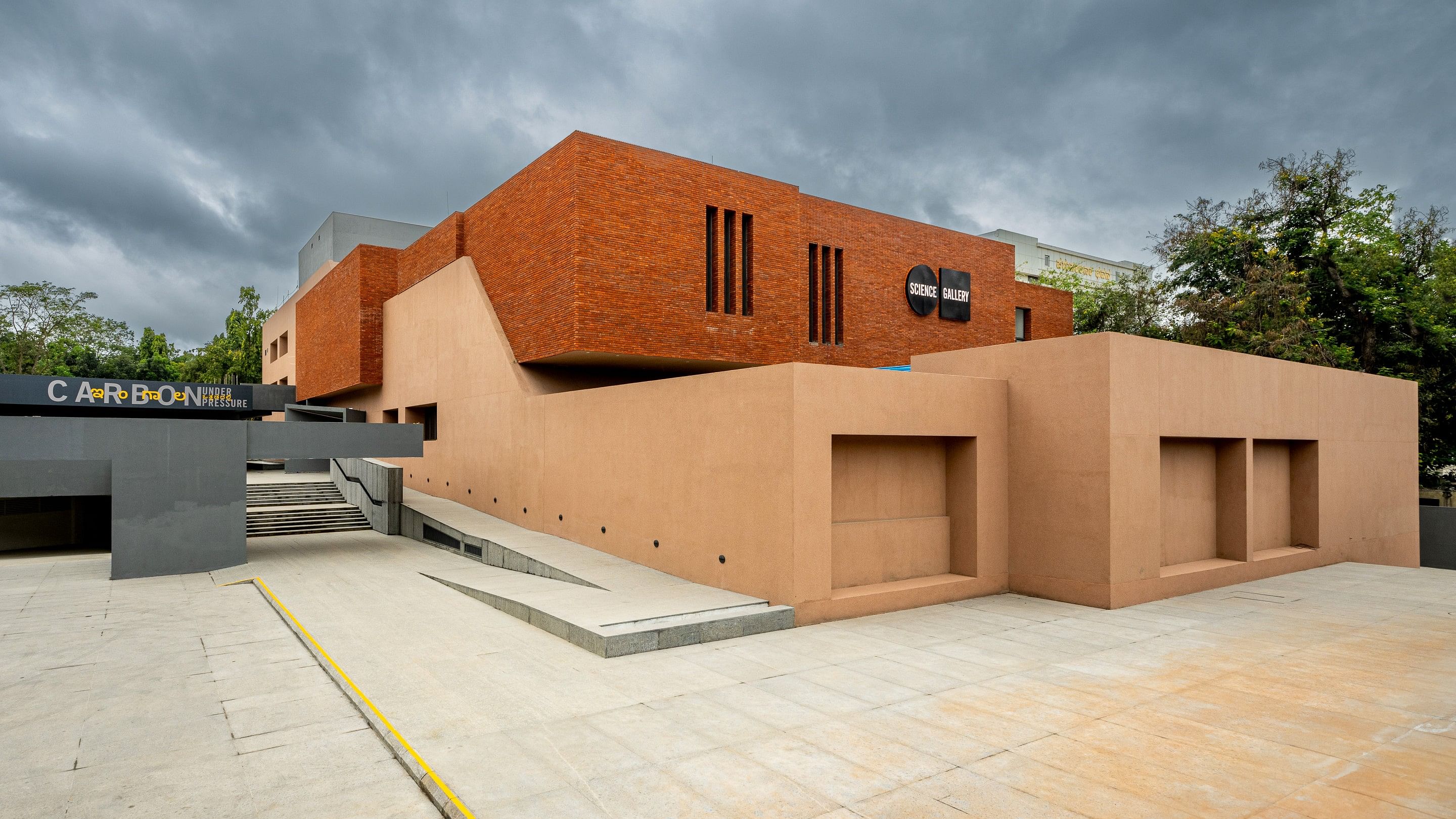
Science Gallery Bengaluru (SGB) in Sanjaynagar.
Credit: Science Gallery Bengaluru
Bengaluru: How do you narrate the story of a city’s engagement with science? What could encapsulate a decades-long interplay between identity and scientific temperament for the consumption of a contemporary audience?
At Science Gallery Bengaluru (SGB) in Sanjaynagar, an exhibition will attempt to find what its curators call a comprehensive context of science and engineering in the city. Sci560, which opens on August 24, will have on display 32 scientific objects from premier research institutions that have punctuated Bengaluru’s history of innovation. Maps, archival photos, films, and interactive segments will complement the objects at the five months-long exhibition which comes with an online version.
Backed by 12 partner institutions, Sci560 will have exhibits that cover multiple disciplines – from an agro processor dryer used to preserve food (Indian Institute of Science) to a slime mould experiment that mimics the Bengaluru Metro network (International Centre for Theoretical Science and National Centre for Biological Sciences), from India’s first aircraft (HAL’s Hindustan Trainer-2) to Kombucha that allows visitors to understand how fermentation alters taste.
Sci560 – the title is a nod to the Bengaluru PIN code – is supported by a grant from Rohini Nilekani Philanthropies. “The exhibition tries to create a cultural conversation around science, especially with the young people. The focus is on bringing the pioneering work done at these institutions closer to the citizens,” Rohini, a member of SGB’s board of directors, told DH.
Among the exhibits is the Madras Engineering Group’s Bangalore Torpedo, a weapon – first used in World War 1 – with explosives-filled pipes, used to clear obstacles like booby traps and barbed wire.
Jahnavi Phalkey, Founding Director, SGB, noted that Bengaluru’s long engagement with science and engineering has shaped multiple layers of innovation – the city was the first in Asia to have electric street lamps; it is home to many public sector units, India’s space programme, and has inspired the Information Technology revolution. “These are layers built over centuries, on the visions of the princely state, the diwans, and later, the leadership of free India, eventually making the city what it is today,” Jahnavi said.
SGB will host groups of high-school and college students on Wednesdays, Thursdays, and Fridays, and a series of public events during the weekends. Rohini said Sci560 was aligned with a larger objective to inspire a sense of curiosity and scientific temperament. “To solve some of our most complex problems, we are going to need curious young scientists,” she said.
SGB’s mediator programme supplements its public engagement initiatives by training young people to see the installations through a lens of interdisciplinarity. “The mediators will not tell you what it is but ask you what you think of it. It’s about generating a conversation with the audience and then, calibrating that conversation to bring out the relationship between what is on display and the person who is seeing it,” Jahnavi said.
The public events will include lectures, masterclasses, and workshops by scholars and artists. Sci560 will also feature film screenings and a Bengaluru-themed food festival. Entry is free.